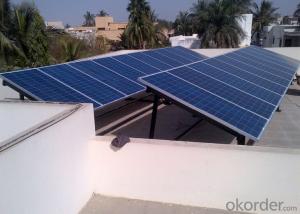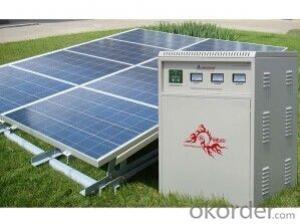Off grid Solar Pwer System PR-SAS500 With Battery Tank 400W
- Loading Port:
- Tianjin
- Payment Terms:
- TT OR LC
- Min Order Qty:
- 10 pc
- Supply Capability:
- 10000 pc/month
OKorder Service Pledge
OKorder Financial Service
You Might Also Like
Item specifice
Specifications
1.Supply 2 work modes: to save electricity bill or to supply long time power backup.
2. Supply battery tank,high integrated.
Daily use reference
TV 70W x 4 hours
Lighting 30W x 6 hours
Fan 50W x 6 hours
Laptop 60W x 2 hours
Total loading power: 210W
Total power consumption per day: 880Wh (0.88kWh/day)
AC solar power system consists of solar batteries, solar controller, battery, inverter components.
Used to solve rural or remote areas without electricity, such as highland, island, pastoral, villas, border posts and other military and civilian life electricity.
Warranty
CNBM Solar panel provides one of the most comprehensive module warranties in the industry:
· 10 years for product defects in materials and workmanship
· First 12 years for 90% of warranted minimum power
· Remaining 25 years for 80% of warranted minimum power
Certification
CNBM Solar panel strictly carries out the ISO 9001 quality control methodology and has implemented check points at every step of the production process to ensure our product performance durability and safety. The stringent quality control process has been confirmed by numerous independent agencies and LDK Solar modules earned IEC, TUV and UL certifications.
· IEC:IEC 61215, IEC 61730 (1&2), conformity to CE
· UL 1703 2002/03/15 Ed:3 Rev:2004/06/30
· ULC/ORD-C1703-01 Second Edition 2001/01/01
· UL and Canadian Standard for Safety Flat-Plate
· ISO 9001: 2008 Quality Management Systems
· CEC Listed: Modules are eligible for California Rebates
· PV Cycle: Voluntary module take back and recycling program
· MCS Certificate
FAQ
l Where can I buy your products?
You could find our products from dealers or contact our sales team directly. We will provide you with detailed services.
l How to contact us?
Contact details can be found from website www.okorder.com to contact us. We look forward to providing you with professional services.
l What is the application field of your products?
They can be used in the small photovoltaic (PV) grid power generation systems of family units as well as the commercial photovoltaic system such as BIPV, BAPV and etc.
l What kinds of modules do your inventers support?
Our inventers support most of mainstream components and modules in the market. Should you require more details, please do not hesitate to contact our technical personnel.
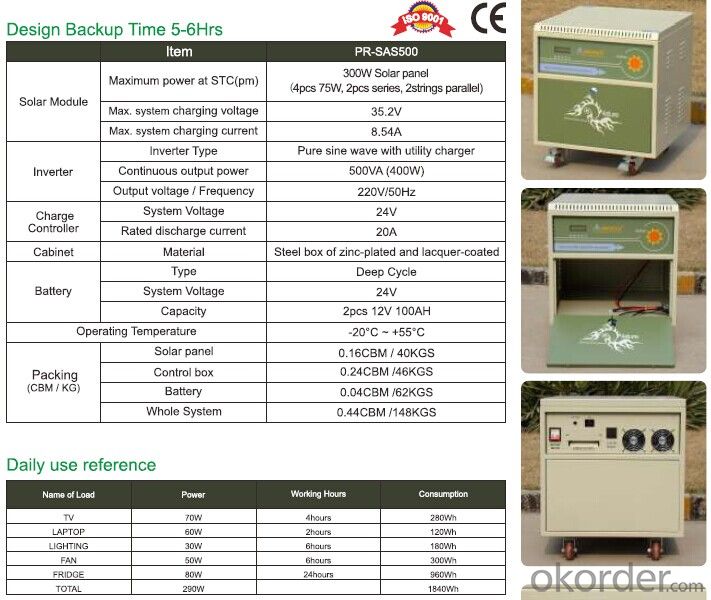

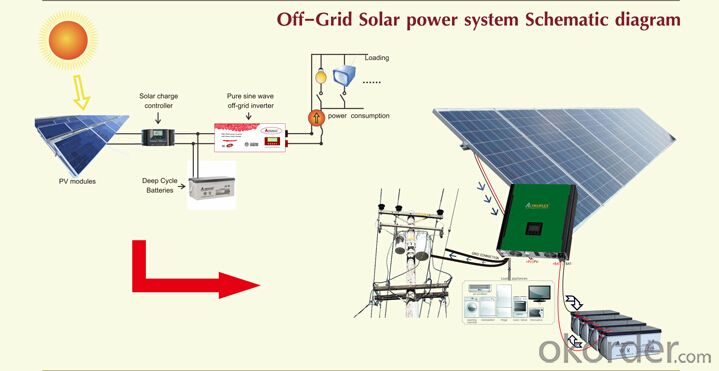
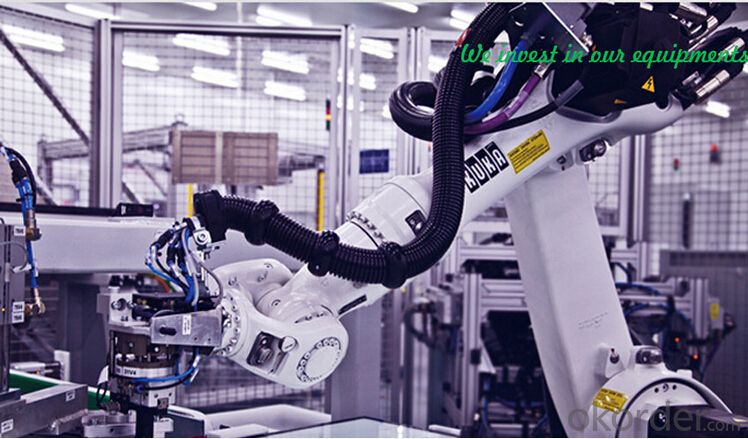
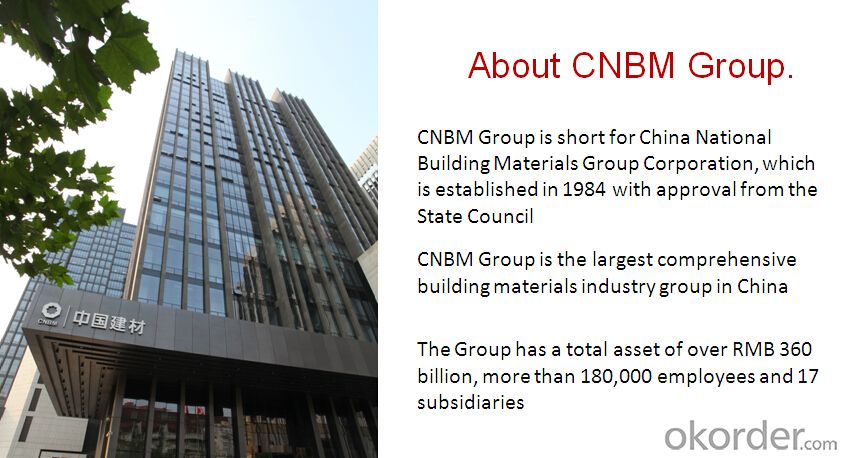

- Q:Can solar energy systems be used in powering theme parks or water parks?
- Certainly, theme parks and water parks can indeed utilize solar energy systems to meet their power requirements. Solar energy is a renewable and clean power source that offers a sustainable and cost-effective solution for fulfilling the energy needs of these establishments. The operation of attractions, lighting, water pumps, and other facilities in theme parks and water parks demands a significant amount of electricity. By installing solar panels, these establishments can decrease their dependence on traditional energy sources and minimize their carbon footprint. The vast open spaces available in theme parks and water parks provide excellent opportunities for installing solar panels, which can be mounted on rooftops, carports, or ground-mounted arrays. Solar energy systems generate electricity by converting sunlight into usable energy through photovoltaic (PV) panels. These panels can be discretely and efficiently integrated into the park's infrastructure. The energy produced during the day can be instantly utilized to power rides, lighting, and other equipment, while any surplus energy can be stored in batteries for use during periods of low sunlight or at night. Moreover, solar energy systems offer a reliable power source, reducing the vulnerability of theme parks and water parks to power outages or disruptions in the grid. This is especially crucial in areas prone to extreme weather events. By incorporating backup battery storage systems, solar energy can provide a continuous and uninterrupted power supply even during emergencies. Apart from the environmental and reliability advantages, solar energy systems also present long-term cost savings for theme parks and water parks. Although the initial installation cost may be higher, operational expenses are significantly lowered as the sun provides free and abundant energy. Over time, the savings on electricity bills can compensate for the initial investment, resulting in substantial cost savings for the park's proprietors. In summary, solar energy systems have the potential to revolutionize the power supply of theme parks and water parks. By harnessing the energy of the sun, these establishments can not only reduce their environmental impact but also achieve long-term cost savings and enhanced energy reliability.
- Q:Can solar energy systems be used in areas with limited access to solar energy installation services?
- Yes, solar energy systems can still be used in areas with limited access to solar energy installation services. In such cases, individuals or communities can opt for DIY solar panel installations or seek assistance from local technicians who have basic knowledge and skills in solar energy systems. Additionally, advancements in technology have made solar panels more accessible and affordable, allowing for easier installation and maintenance, even in remote areas.
- Q:What is the role of optimizers in a solar energy system?
- The main function of optimizers in a solar energy system is to maximize the efficiency and performance of the system as a whole. These are electronic devices that are connected to each solar panel individually in order to monitor and optimize its output. Optimizers work by carrying out various tasks. Firstly, they make sure that each solar panel operates at its highest power point (MPP), which is the point where it generates the most power. By continuously tracking and adjusting the voltage and current of each panel, optimizers ensure that they always operate at their MPP, even in situations where shading or other factors may cause some panels to underperform. Additionally, optimizers also offer monitoring and diagnostics at the module level. They gather data on the performance of each panel, including voltage, current, and temperature. This data is then transmitted to a central monitoring system, which allows for real-time detection and troubleshooting of any issues or malfunctions. This detailed insight into the performance of each panel helps to enhance maintenance and overall system reliability. Moreover, optimizers also improve the safety of the solar energy system. They come equipped with built-in safety features, such as rapid shutdown capabilities, that enable the system to quickly and safely shut down in emergency situations or during maintenance requirements. This ensures the protection of both the system and the individuals working on it. In conclusion, optimizers play a crucial role in a solar energy system by maximizing energy production, improving overall efficiency, ensuring safety, and facilitating effective monitoring and maintenance. By optimizing the performance of each individual solar panel, optimizers contribute to the overall success and viability of solar energy systems.
- Q:Can a solar energy system be installed in an area prone to hurricanes?
- Yes, a solar energy system can be installed in an area prone to hurricanes. However, it is important to take certain precautions and design the system with hurricane-resistant features to ensure its safety and durability. This may include using high-quality materials, reinforcing the mounting system, and implementing secure installation methods. Additionally, regular maintenance and inspections should be conducted to address any potential damages or issues caused by hurricanes.
- Q:Can solar energy systems be used in areas with limited access to solar energy equipment suppliers?
- Yes, solar energy systems can be used in areas with limited access to solar energy equipment suppliers. In such cases, it may require careful planning and resourcefulness to procure the necessary equipment, either by importing or seeking alternative suppliers. Additionally, local expertise and knowledge can be leveraged to design, install, and maintain solar energy systems in these areas, reducing reliance on external suppliers.
- Q:Can solar energy systems be used for powering remote monitoring equipment?
- Yes, solar energy systems can be effectively used for powering remote monitoring equipment. Solar panels can capture sunlight and convert it into electricity, which can then be stored in batteries for consistent power supply to remote monitoring equipment. This allows for reliable and sustainable operation of such equipment even in remote locations where grid connection may not be available. Solar energy systems offer a cost-effective and environmentally friendly solution for powering remote monitoring equipment.
- Q:Can solar energy systems be used in areas with high wind speeds?
- Yes, solar energy systems can still be used in areas with high wind speeds. While wind can potentially affect the efficiency of solar panels by causing them to vibrate or reducing the amount of sunlight they receive, proper installation techniques and design considerations can mitigate these issues. Additionally, combining solar and wind energy systems can create a hybrid solution that maximizes renewable energy generation in such areas.
- Q:How does a PV system convert sunlight into electricity?
- A PV system converts sunlight into electricity through the use of photovoltaic cells. These cells are made up of semiconductor materials, usually silicon, which have the ability to absorb photons from sunlight. When the sunlight hits the cells, the photons transfer their energy to the electrons in the semiconductor material, causing them to become excited and break free from their atoms. This creates a flow of electrons, which is then captured as direct current (DC) electricity by the PV system. The DC electricity is then converted into alternating current (AC) electricity through an inverter, making it suitable for powering homes and other electrical devices.
- Q:What is the ideal direction for solar panels to face?
- The ideal direction for solar panels to face is generally south in the northern hemisphere and north in the southern hemisphere. This allows the panels to receive maximum sunlight exposure throughout the day and optimize their energy production.
- Q:What is a solar battery?
- A solar battery, known by other names such as a solar energy storage system or solar storage battery, functions as a device that stores electrical energy generated by solar panels for later use. It is a vital component in solar power systems as it enables the storage and utilization of excess electricity produced during the day when there is little or no sunlight, such as at night or on cloudy days. To elaborate on how solar batteries work, they convert the direct current (DC) electricity generated by solar panels into alternating current (AC) electricity, which can be used to power various household appliances and devices. This conversion occurs by storing the energy in chemical form, commonly utilizing rechargeable batteries like lithium-ion or lead-acid batteries. The stored energy can be accessed at any time, ensuring a consistent and uninterrupted supply of electricity even when sunlight is not present. This aspect is especially advantageous for residential and commercial applications, as it reduces dependence on the grid and provides greater energy independence. In addition to acting as a backup power source, solar batteries optimize the use of solar energy. They achieve this by storing excess electricity during high production periods and discharging it during high demand periods. This approach maximizes the self-consumption of solar energy and minimizes reliance on the grid, resulting in significant cost savings and improved efficiency for owners of solar power systems. All in all, solar batteries play a pivotal role in facilitating the efficient and reliable utilization of solar energy. They offer a sustainable and environmentally friendly means of storing and using solar power, contributing to the expansion of renewable energy and decreasing reliance on fossil fuels.
1. Manufacturer Overview |
|
|---|---|
| Location | |
| Year Established | |
| Annual Output Value | |
| Main Markets | |
| Company Certifications | |
2. Manufacturer Certificates |
|
|---|---|
| a) Certification Name | |
| Range | |
| Reference | |
| Validity Period | |
3. Manufacturer Capability |
|
|---|---|
| a)Trade Capacity | |
| Nearest Port | |
| Export Percentage | |
| No.of Employees in Trade Department | |
| Language Spoken: | |
| b)Factory Information | |
| Factory Size: | |
| No. of Production Lines | |
| Contract Manufacturing | |
| Product Price Range | |
Send your message to us
Off grid Solar Pwer System PR-SAS500 With Battery Tank 400W
- Loading Port:
- Tianjin
- Payment Terms:
- TT OR LC
- Min Order Qty:
- 10 pc
- Supply Capability:
- 10000 pc/month
OKorder Service Pledge
OKorder Financial Service
Similar products
New products
Hot products
Related keywords
